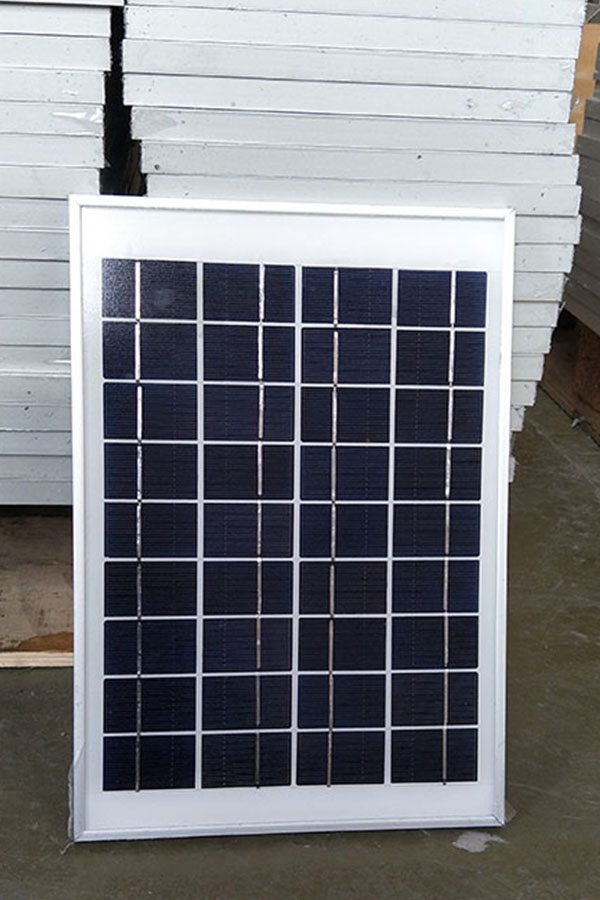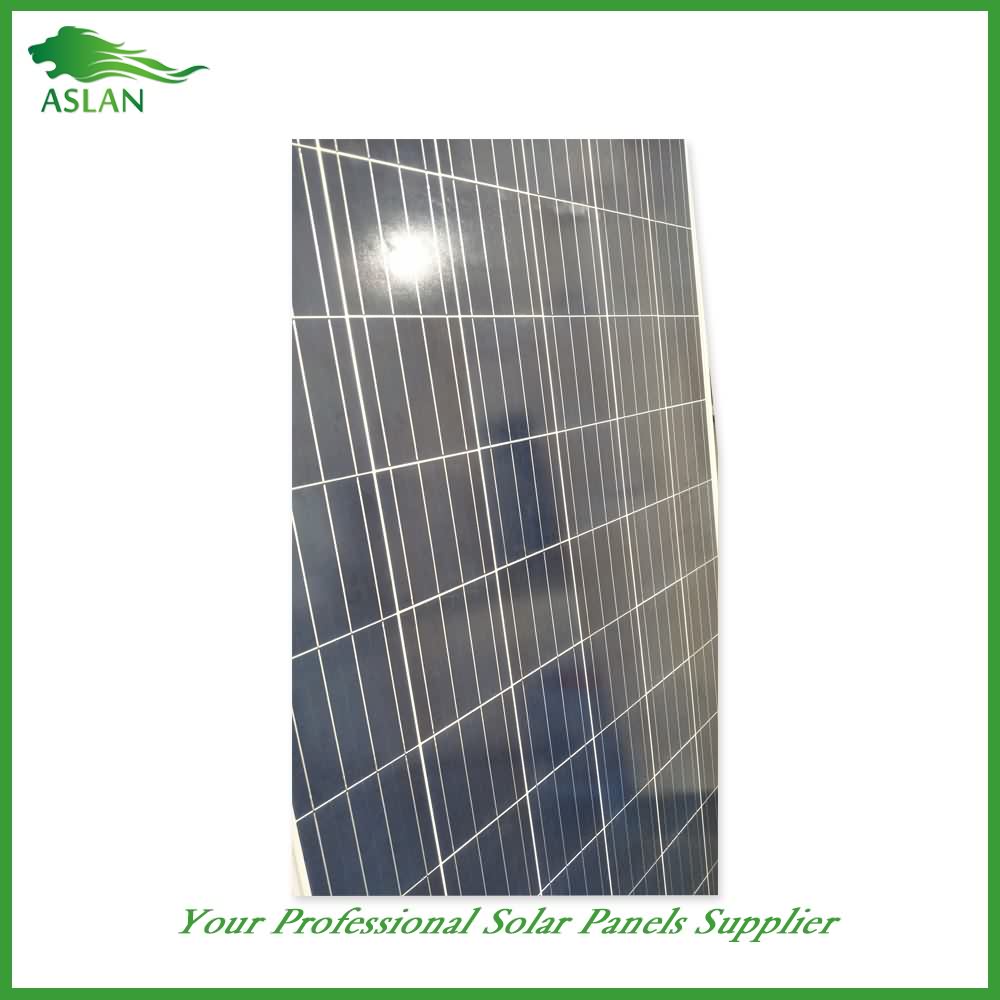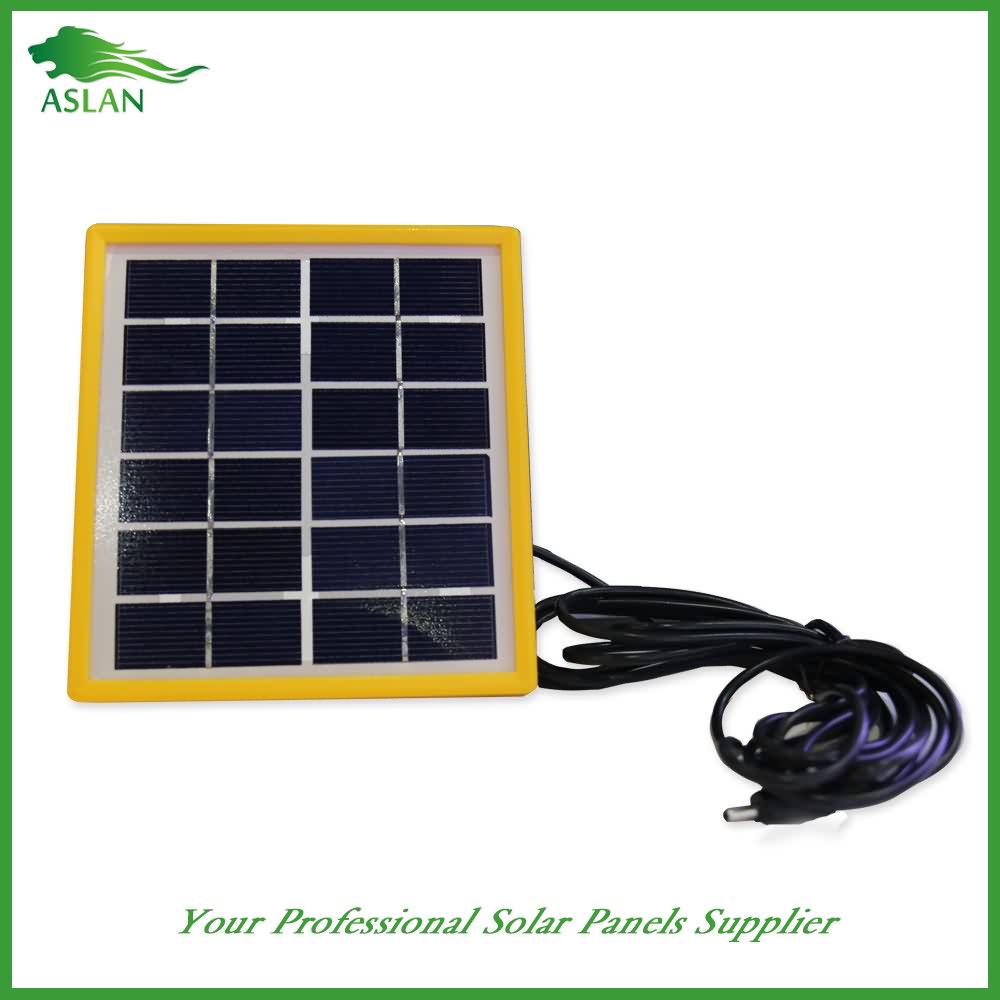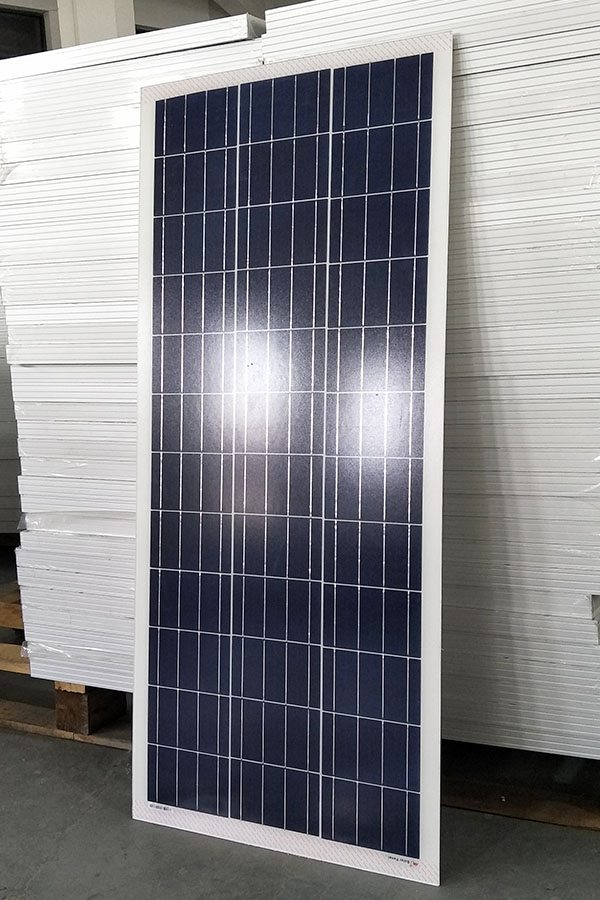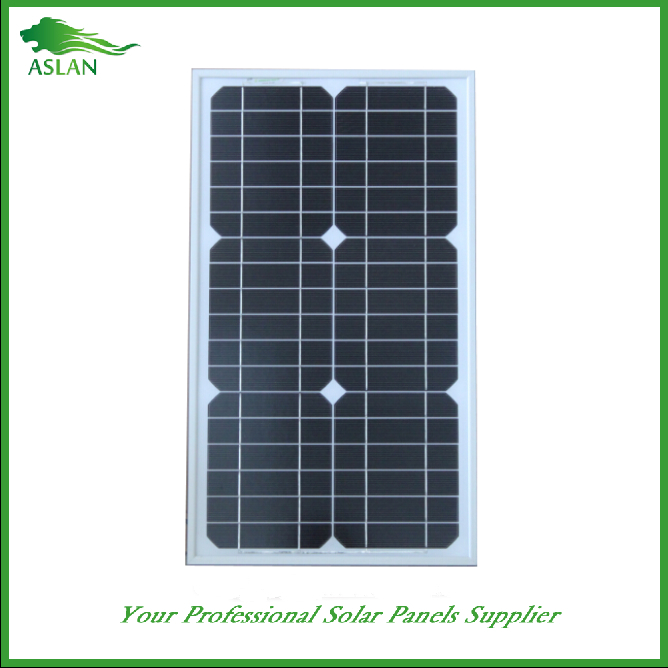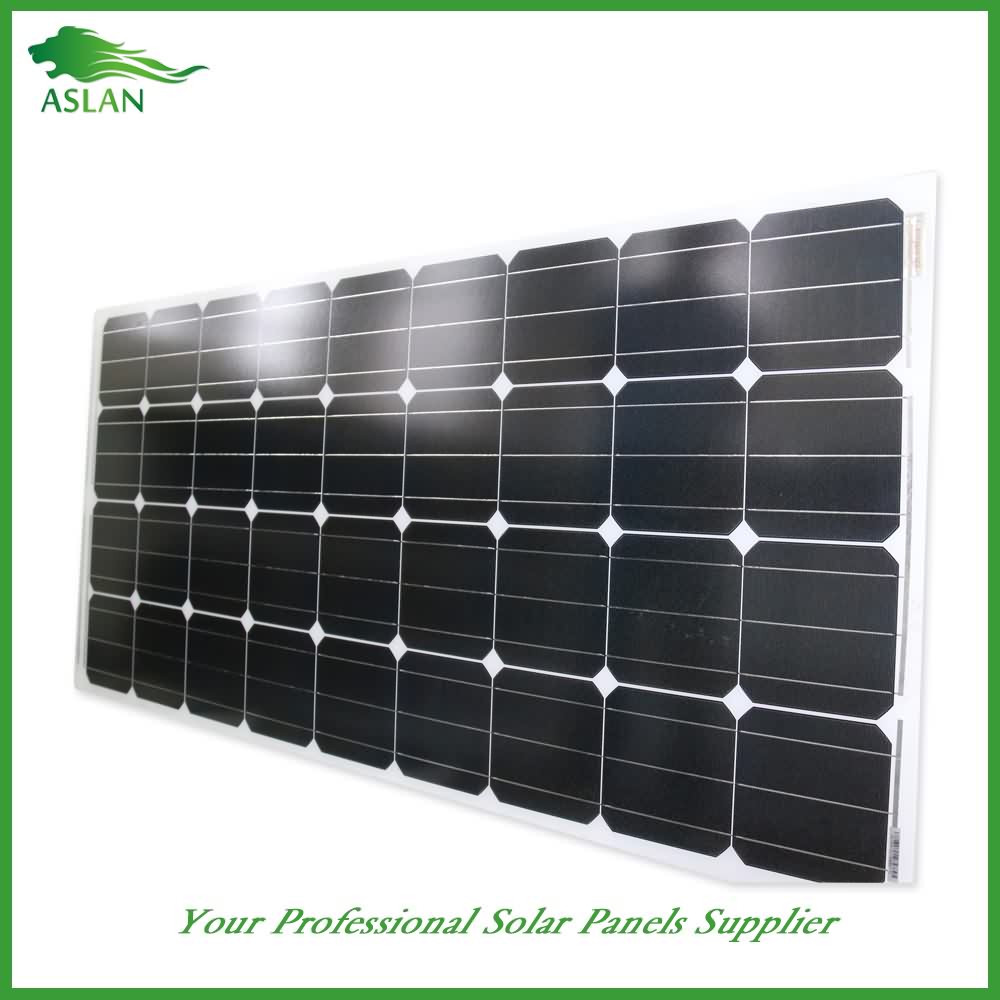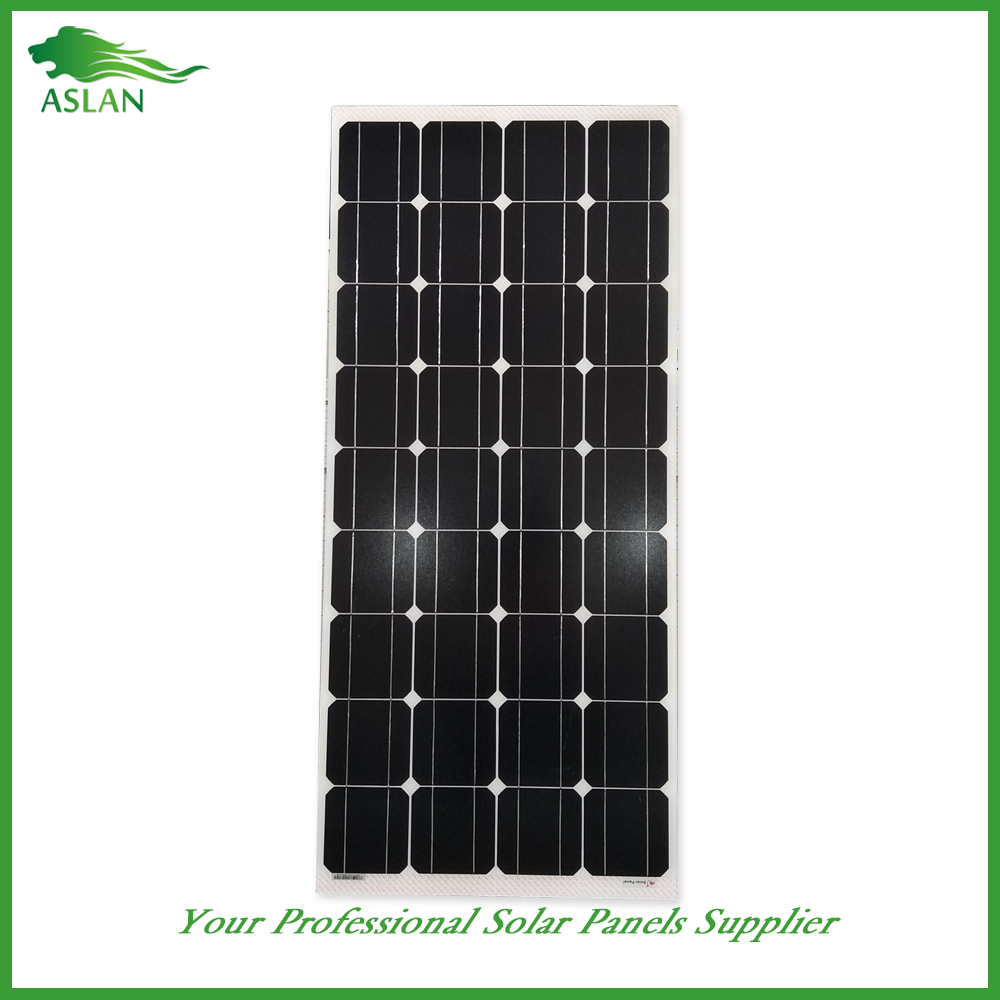2016 New Style Poly-crystalline Solar Panel 5W Factory from Sevilla
Short Description:
We always continually provide you with the most conscientious customer service, and the widest variety of designs and styles with finest materials. These efforts include the availability of customized designs with speed and dispatch for 2016 New Style Poly-crystalline Solar Panel 5W Factory from Sevilla, If you are interested in any of our products or would like to discuss a custom order, please feel free to contact us. We are looking forward to forming successful business relationships with new clients around the world in the near future.
Poly-crystalline Solar Panel 5W
Technical parameter
Maximum Power(W) 5W
Optimum Power Voltage(Vmp) 9V
Optimum Operating Current(Imp) 0.56A
Open Circuit Voltage(Voc) 10.8V
Short Circuit Current(Isc) 0.62A
Mechanical Characteristics
Cell Type Polycrystalline
No of Cell 18 (3x6pcs)
Dimensions 175x270x18mm
Weight 0.65KGS
Front Glass 3.2mm,High Transmission, Low Iron,Tempered Glass
Temperature and Coefficients
Operating Temperature(°C): -40°C ~ + 85°C
Maximum System Voltage: 600V(UL)/1000V(IEC) DC
Maximum Rated Current Series: 10A
Temperature Coefficients of Pmax: -0.435%
Temperature Coefficients of Voc: -0.35%
Temperature Coefficients of Isc: 0.043%
Nominal Operationg Cell Temperature (NOCT): 47+/-2°C
Materials of solar panel
1).Solar Cell——Polycrystalline solar cell 156*156mm
2).Front Glass——-3.2mm, high transmission, low iron, tempered glass
3).EVA——-excellent anti-aging EVA
4).TPT——-TPT hot seal made of flame resistance
5).Frame——anodized aluminum profile
6).Junction Box——-IP65 rated, high quality, with diode protection
Superiority: high quality anodized aluminum frame, high efficiency long life, easy installation, strong wind resistance, strong hail resistance.
Features
1. High cell efficiency with quality silicon materials for long term output stability
2. Strictly quality control ensure the stability and reliability, totally 23 QC procedures
3. High transmittance low iron tempered glass with enhanced stiffness and impact resistance
4. Both Poly-crystalline and Mono-crystalline
5. Excellent performance in harsh weather
6. Outstanding electrical performance under high temperature and low irradiance
Quality assurance testing
Thermal cycling test
Thermal shock test
Thermal/Freezing and high humidity cycling test
Electrical isolation test
Hail impact test
Mechanical, wind and twist loading test
Salt mist test
Light and water-exposure test
Moist carbon dioxide/sulphur dioxide
Get your free audio book:
http://npun.us/j/b00nrzxupm
This book is designed to address the concerns of those whose only desire is to build a simple, small-scale solar energy system but don’t know where to start (or end!). We’ve been living off the grid for well over ten years now and the most common inquiry we get is from people who want to set up a small solar energy system to power a cabin or camper, or to keep a refrigerator and a few lights on if the grid goes down. Some have already tried and ended up with woefully inadequate systems lacking the power and balance needed for off-grid life. But there’s more to off-grid living than watts, volts and amps. It’s important to understand how a solar power system works and how to size it properly for the job you want it to do.in this book I’ve condensed all the information you need to design your own simple, off-grid, solar power system. I’m not going to teach how to build your own solar panels but I’ll tell you how purchase factory components to build the system that fits your needs the best and hopefully save you a lot of frustration and cash while putting it together.we’ll see how to understand watts, volts, amps, and ohms and how they apply to deciding how many solar panels you need, the watt ratings you’ll have to have for your inverter and charge controller and even how many batteries you’ll need for your battery bank.you’ll learn about resistance, and how it affects your solar power system. I will explain with diagrams and text the differences between sine wave, modified sine wave and pure sine wave inverters and how that applies to you. I’ll explain charge controllers and the reasons for and against Pwm vs. Mppt vs. single-stage vs. multiple-stage controllers and which is best for you.i’ll tell you a little secret about “efficient” vs. “less efficient” solar panels that will keep you from wasting money on something that’s a relatively minor issue.even if you don’t want a “whole house” system you’ll learn how to put together balanced small-scale power systems at whatever size you can afford.we’ll also look at solar power “kits” and I’ll show you how to put together your own that outperform commercially available kits and get more power for less money.my goal here is to simplify that which has been made complicated. I want you to be able to pursue your dream of independence from the grid without spending enough money to break the bank. It can be done, and for less than you may imagine!
Contact me: inforeq17@gmail.com
We calculated the land area needed to supply the entire United States with solar power.
Written and Produced by Gabriel Reilich
Graphics by Jake Infusino
Music: Redwood – NYM
With http://solarcity.com
Sources:
http://www.nrel.gov/docs/fy13osti/56290.pdf
https://www.eia.gov/tools/faqs/faq.cfm?id=427&t=3
